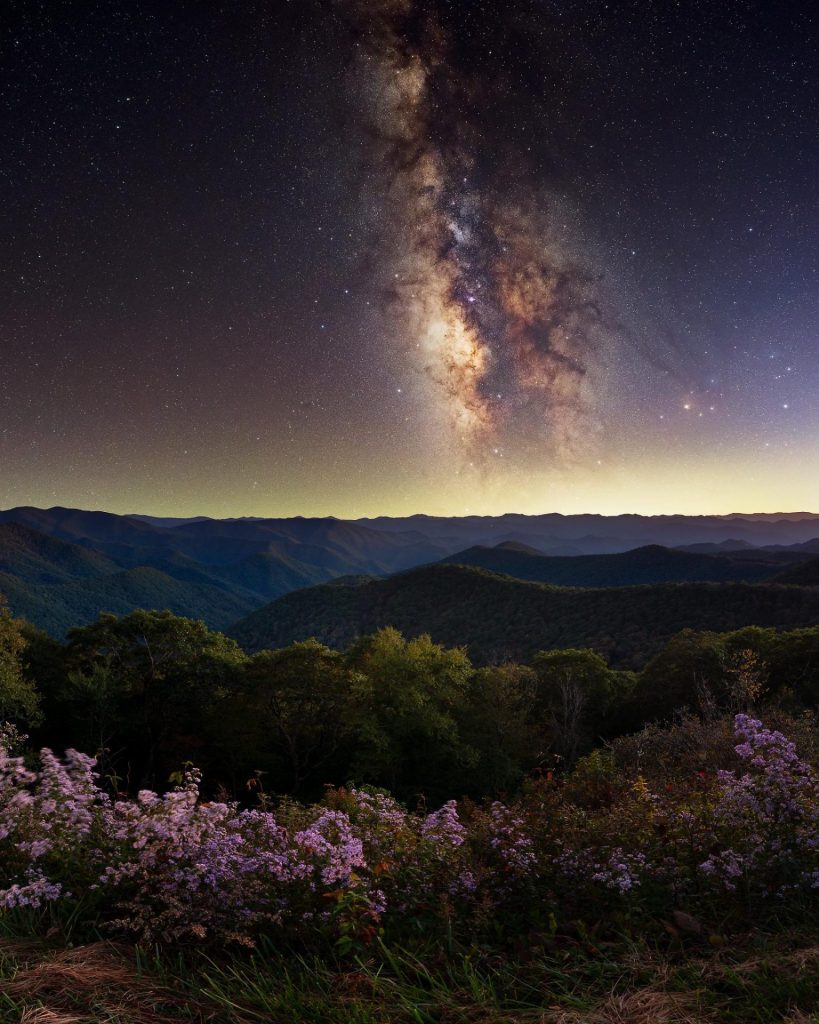
The mountains of western North Carolina hold a secret that urban dwellers rarely encounter: darkness. True darkness, the kind that existed before electric lights carved up the night. Drive three hours west from Charlotte, past the last strip mall and gas station, and you’ll find yourself in a place where the Milky Way stretches across the sky like spilled sugar.
Two locations in these mountains carry official recognition from the International Dark Sky Association. This matters more than it might sound. The organization designates fewer than 200 sites worldwide as Dark Sky Parks. Western North Carolina has two of them.
The first sits in Burnsville, at a place called Mayland Earth to Sky Park. The facility houses a 34-inch telescope that weighs three tons. Local astronomers call it the Sam Scope, after the benefactor who funded it. On clear Friday and Saturday nights, for twenty dollars, you can look through this instrument and see Saturn’s rings as sharp as a photograph.
The second certified site occupies a former NASA facility in Rosman. The Pisgah Astronomical Research Institute contains radio telescopes that once tracked spacecraft. The 85-foot dish still rotates on its mount, a monument to the space age. At night, the facility opens its optical telescopes to visitors who call ahead.
These official designations represent just the beginning. The Blue Ridge Parkway winds through the mountains for 469 miles, and dozens of overlooks offer views that would make city astronomers weep. At Waterrock Knob, you can park at 5,719 feet and hike to the summit in twenty minutes. The view spans 360 degrees. On moonless nights, the sky appears so thick with stars that you can barely make out the familiar constellations.
The camping options match every comfort level. Families can reserve spots at developed campgrounds with hot showers and flush toilets. Backpackers can hike to remote sites where the only light comes from their headlamps. The Great Smoky Mountains National Park alone contains 10 developed campgrounds and 100 backcountry sites.
Balsam Mountain Campground sits at 5,310 feet, the highest elevation camping in the Smokies. The 46 sites accommodate RVs up to 30 feet long. Rangers warn that temperatures can drop 15 degrees from the valley floor. Bring extra blankets. The trade-off is worth it. At this elevation, you’re above much of the atmospheric haze that blurs the stars.
The park service operates the campground from May through October. Sites cost $17.50 per night and fill on a first-come, first-served basis. Arrive by early afternoon to secure a spot. The campground lacks electricity and cell service. This might sound like a disadvantage, but it’s actually the point.
For the truly ambitious, Mount Sterling offers backcountry camping at 5,820 feet. The site requires a four-mile hike and a permit that costs $4 per night. The effort rewards you with the darkest skies in the park. On clear nights, you can see the Andromeda Galaxy with the naked eye.
The Parkway itself provides numerous camping options. Mount Pisgah Campground at milepost 408.6 sits at nearly 5,000 feet. The 126 sites offer hot showers and a camp store. More importantly, they provide access to some of the best stargazing locations in the Southeast.
A twenty-minute drive from Mount Pisgah brings you to Black Balsam Knob. This location appears on every serious astronomer’s list of prime viewing spots. The mountain rises to 6,214 feet, well above the tree line. The exposed summit provides unobstructed views in all directions. The Forest Service allows dispersed camping in the area, meaning you can pitch a tent almost anywhere.
The lack of trees creates a unique environment. Most mountain camping involves looking up through gaps in the forest canopy. Black Balsam Knob offers something different: a 360-degree dome of sky. The Milky Way appears so bright that it casts shadows on the ground.
Rangers recommend arriving with a high-clearance vehicle. The gravel road to the summit can challenge low-slung cars. The elevation also creates unpredictable weather. Summer temperatures can drop to 40 degrees at night. Winter conditions often include ice and snow.
The rewards justify the challenges. Astrophotographers travel from across the country to capture images from Black Balsam Knob. The combination of elevation, darkness, and clear air creates ideal conditions for deep-sky photography. The mountain appears in more astronomy magazines than any other location east of the Mississippi.
What makes these mountains special? The geography plays a major role. The Blue Ridge creates a natural barrier between the populated Piedmont and the rural valleys to the west. Light pollution from Charlotte and Greensboro gets blocked by the mountains. The result is a dark zone that stretches for hundreds of miles.
The elevation helps too. Most of the best stargazing locations sit above 4,000 feet. At this height, you’re above a significant portion of the atmosphere. The air is thinner and cleaner. Stars appear brighter and steadier.
The weather patterns contribute as well. The mountains create their own climate. Summer afternoons often bring thunderstorms that clear the air. Fall and winter months offer the most stable conditions. The humidity stays low, and high-pressure systems can park over the region for weeks.
The human factor matters just as much as the geography. Western North Carolina remains largely rural. The population density stays low. Small towns dot the valleys, but they use minimal outdoor lighting. Many residents understand the value of dark skies and support ordinances that limit light pollution.
The timing of your visit affects what you’ll see. The moon’s phase determines the darkness level. New moon periods offer the best conditions for viewing faint objects like galaxies and nebulae. Quarter moons provide enough light for navigation while still allowing good stargazing. Full moons wash out all but the brightest stars.
The season changes the sky’s appearance. Spring brings Leo and Virgo high overhead. Summer offers the best views of the Milky Way’s center. Fall showcases Cassiopeia and Andromeda. Winter provides the year’s most spectacular constellations, including Orion and the Pleiades.
The gear you bring depends on your goals. Binoculars represent the best first investment. A basic pair costs fifty dollars and reveals thousands of stars invisible to the naked eye. The craters on the moon appear in sharp detail. Star clusters resolve into individual points of light.
Telescopes open more possibilities but require more commitment. A decent instrument costs several hundred dollars. It needs practice to use effectively. The mountains’ rough roads can damage delicate equipment. Many experienced astronomers prefer to travel light and use binoculars.
The human eye adapts to darkness slowly. It takes 20 minutes to reach full sensitivity. A single flash of white light destroys this adaptation instantly. Red lights preserve night vision. Most camping stores sell red flashlights or filters for standard lights.
The weather can change quickly at elevation. Clear skies can cloud over in minutes. Temperatures drop fast after sunset. Layered clothing works best. A warm hat prevents significant heat loss. Sleeping bags rated for 10 degrees below the expected temperature provide insurance against surprising cold.
The local astronomy community welcomes visitors. The Astronomy Club of Asheville hosts public viewing sessions twice per month. The events coincide with favorable moon phases. Members bring telescopes and share their knowledge freely. The club operates an observatory in Madison County that opens for special events.
The club’s members know the mountains intimately. They can recommend the best locations for specific interests. They understand which roads stay passable in winter. They know where to find the darkest skies and the most comfortable camping.
The club also maintains a website with current viewing conditions. The information includes cloud forecasts, seeing predictions, and lists of interesting objects to observe. The site updates daily during peak viewing seasons.
The economic impact of dark-sky tourism reaches beyond camping fees. Visitors buy gas, food, and equipment. They stay in local hotels and eat at mountain restaurants. The International Dark Sky Association estimates that astrotourism generates billions of dollars annually worldwide.
Some local businesses have adapted to serve astronomy visitors. Camera shops stock filters and mounts designed for astrophotography. Restaurants stay open late to serve astronomers heading home after viewing sessions. Hotels offer wake-up calls for early morning planetary observations.
The dark skies face increasing pressure. Development continues in the valleys. New roads bring more traffic and more lights. The glow from distant cities creeps closer each year. Climate change affects weather patterns, potentially reducing the number of clear nights.
Conservation groups work to protect the remaining dark areas. They lobby for lighting ordinances in nearby towns. They educate residents about the value of dark skies. They support businesses that use astronomy-friendly lighting.
The International Dark Sky Association provides certification for communities that meet strict lighting standards. The designation attracts tourists and raises property values. It also protects the night environment for wildlife that depends on natural darkness cycles.
The mountains of western North Carolina offer something increasingly rare: a chance to see the universe as our ancestors saw it. The stars that guided ancient navigators still shine overhead. The same constellations that inspired Greek myths wheel across the sky. The Milky Way, invisible from most modern cities, stretches from horizon to horizon.
The camping experience adds another dimension. Days spent hiking and exploring give way to nights under infinite stars. The busy world falls away. The cosmic perspective takes hold. You realize your place in a universe 13.8 billion years old and 93 billion light-years across.
The memories last long after the camping gear goes back in the closet. The image of Saturn’s rings through a telescope. The sound of silence broken only by distant owls. The feeling of standing under a sky so full of stars that you have to sit down to take it all in.
The mountains will be there when you’re ready. The stars will be waiting. The darkness, increasingly precious, still exists in these ancient peaks. All you need is a tent, a sleeping bag, and the willingness to look up.
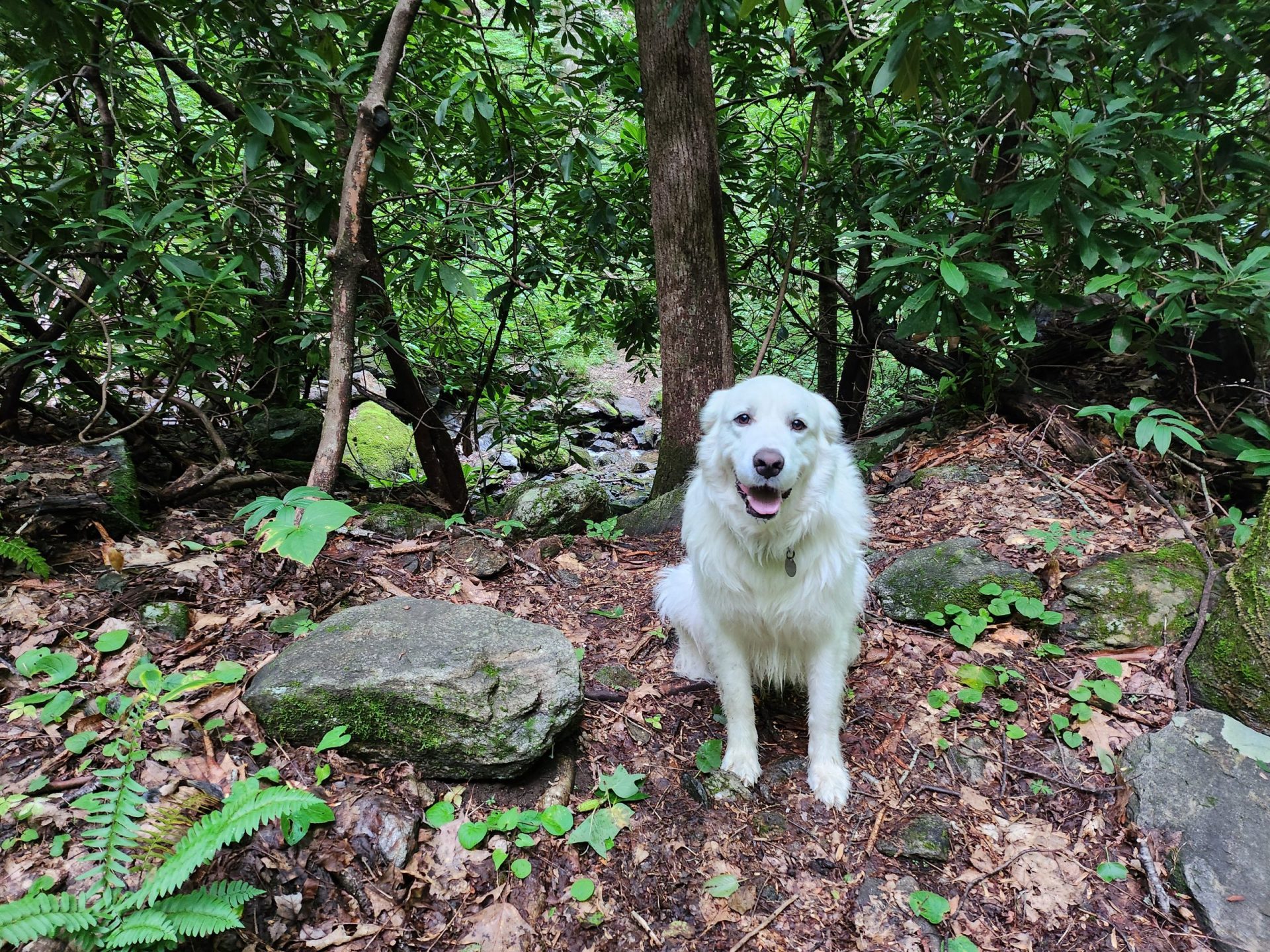
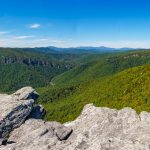
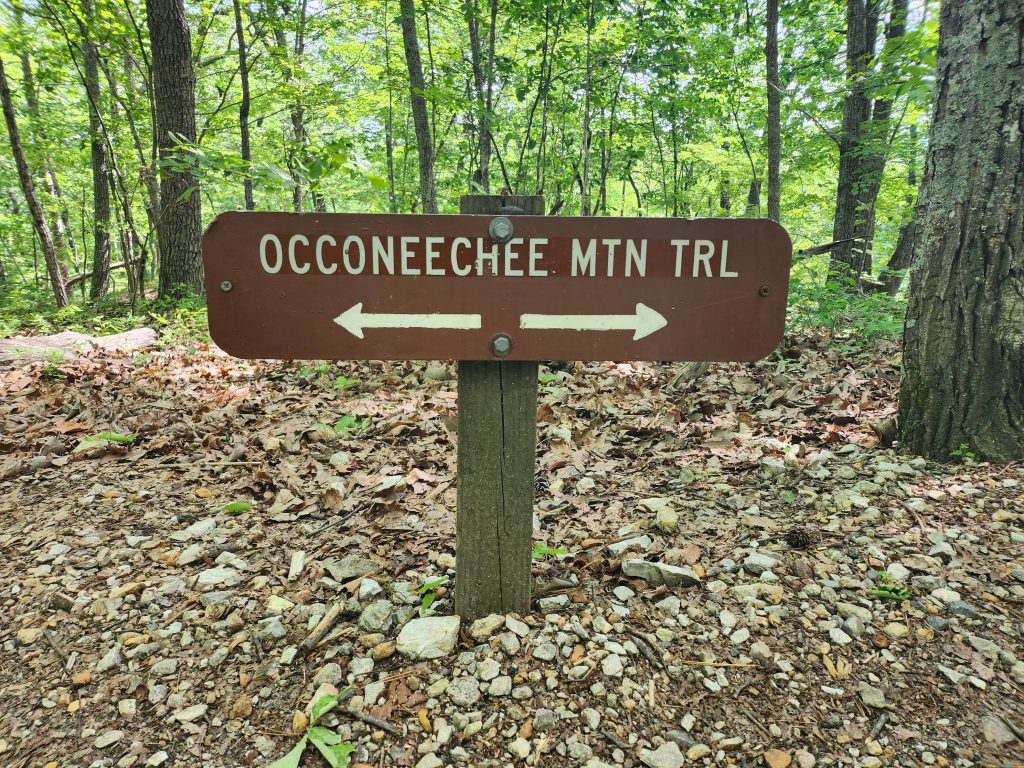


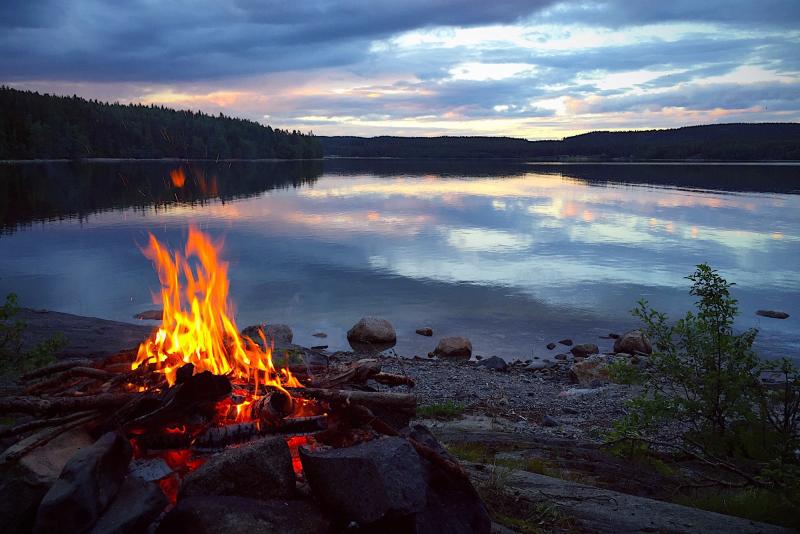

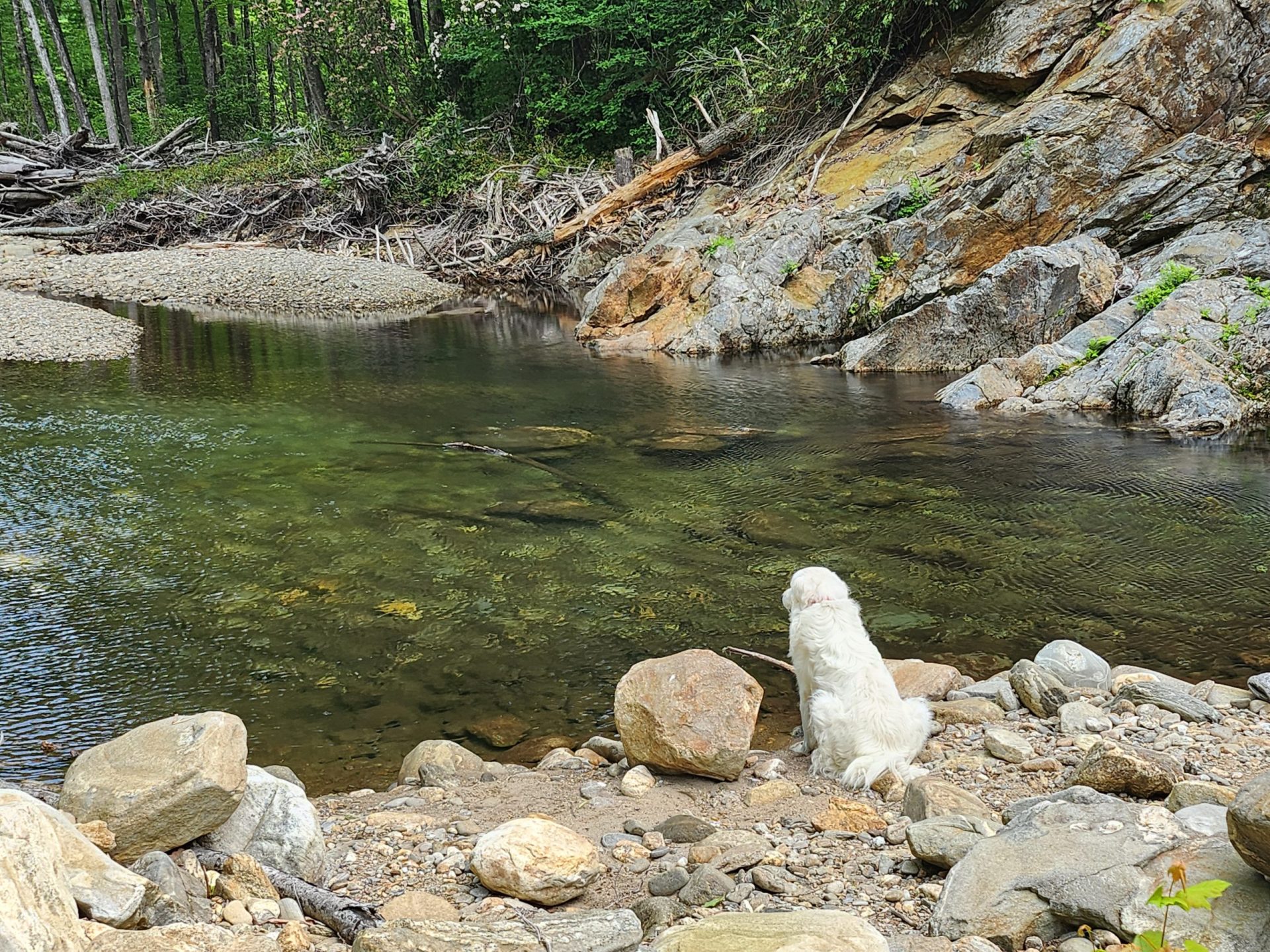
Leave a Reply